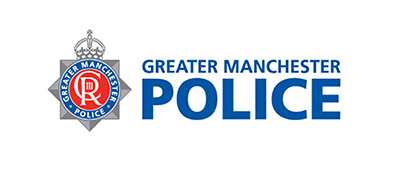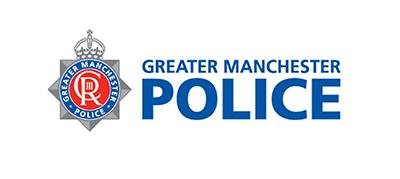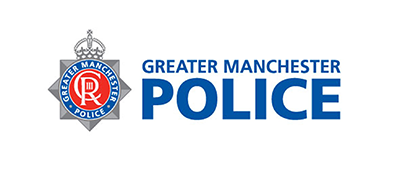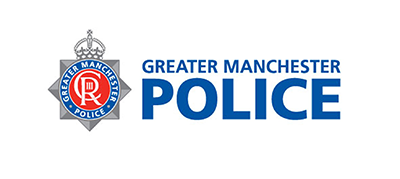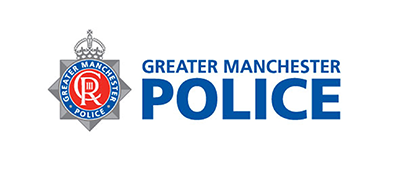Title Page
-
Branch being audited:
-
Address:
-
Date of Audit:
-
Auditee:
-
Auditor:
Section 1 - Scope
Scope, Purpose and format of the audit
-
Auditing is a key component of any successful health and safety management system and forms part of the ‘check’ element of GMP’s safety management system ( based on HSE’s HSG 65, Plan, Do, Check, Act approach). It allows the organisation to identify short falls in health and safety management, and therefore then to implement targeted improvement action where shortfalls are noted. It also allows GMP to identify areas of good practice which can be shared across the organisation.
The purpose of this audit it to ensure that branches are meeting their statutory obligations with regards to health and safety including compliance with the Health and Safety at Work etc. Act 1974 and other associated Regulations.
The audit comprises an assessment of key areas relating to health and safety management, auditing against both statutory standards and force policy. It is recognised that the audit is not exhaustive however does cover key areas of required compliance.
Below is a list of the areas which form part of the audit.
Health and Safety Policy
Risk Assessments
Local H&S Plan and Committee arrangements
H&S Noticeboard
Accident Reporting and First Aid
Fire Safety
Low Level Access
Manual Handling
Each branch will receive a copy of the score achieved in the audit and an action plan following the audit. -
A nominated representative of the branch will be required to answer questions and provide documentary evidence on health and safety specific topics.
General Information
-
Name of Branch Chief Superintendent / Head of Branch
-
Total number of Officers / Staff within Branch
-
Locations of Branch Operations (GMP Sites)
General Notes
-
undefined
Health and Safety Unit
-
The Force Health and Safety Unit provides competent advice on all aspects of health, safety or wellbeing relating to Greater Manchester Police. This includes:
•Operational advice
•Emergency support and advice
•Project planning
•Consultation with HSE & Fire Authority
•Consulting with Staff Associations & Trade Unions
•Accident Investigation
•Stakeholder in key strategic meetings and boards
•Communication of H&S information to workforce
The Unit is managed by Carole Atherton who is the Force Health and Safety Manager. Each branch is allocated a dedicated Senior Health and Safety Advisor who can be contacted for support on any aspect of health and safety -
Your Senior Health and Safety Advisor is
Section 2 - Audit
2.1 - Safety Policy
-
2.1.1 - Is there an in-date health and safety policy in place and available for all staff?
-
2.1.2 - The policy is brought to the attention of all staff, including Police Officers, Support Staff and Special Constables?
-
2.1.3 - Are all staff aware of their responsibilities as outlined within the health and safety policy?
2.2 - Risk Assessments
-
2.2.1 - Are there a number of identified Risk Assessors for the district/branch?
-
2.2.2 - Have all identified Risk Assessors within the branch received training?
-
2.2.3 - Is there an identified H&S lead within the branch to monitor Risk Assessments?
-
2.2.4 - Are Risk Assessments in place for the range of activities completed?
-
2.2.5 - List examples of risk assessments reviewed at the time of the audit
-
2.2.6 - Are Risk Assessments reviewed (last review date)?
-
2.2.7 - Are Specific Risk Assessments completed where required (I.e. pregnant / Young workers, DSE Assessments)?
-
2.2.8 - Are Specific Risk Assessments sent to the H&S Team and GMSS?
-
2.2.9 - Have the appropriate people been involved in consultation regarding Risk Assessments? (Police Fed / Unison)
-
2.2.10 - Are finalised Risk Assessments signed off by the Branch Commander / Head
-
2.2.11 - Are Risk Assessments distributed to Officers / Staff?
-
2.2.12 - Are Risk Assessments stored and archived appropriately? Are they available on a shared drive?
2.3 - Local Health and Safety Committee Arrangements and Local Health and Safety Plan
-
2.3.1 - Are quarterly meetings held?
-
2.3.2 - When was the last committee meeting?
-
2.3.3 - The agenda is consulted on two weeks prior to the scheduled date and the approved agenda, with the last meetings minutes are distributed to all committee members at least a week before the scheduled meeting date?
-
2.3.4 - The committee meetings are chaired by local Commanders and attended by a health and safety representative, GMP Federation, Unison and GMB representative along with department representatives where applicable?
-
2.3.5 - Attempts are made to reschedule meetings should the proposed date/time not be convenient for Fed/Unison/GMB or H&S Advisor?
-
2.3.6 - Are the approved minutes are distributed to all committee members within 2 weeks of the meeting?
-
2.3.7 - A local health and safety plan been established for the branch/district, (based on the force health and safety plan) and is this discussed at each safety committee and progress tracked and actioned?
2.4 - Local Health and Safety Noticeboard
-
2.4.1 - There is a designated health and safety staff notice board within a prime location of the branch?
-
2.4.2 - Where is the location?
-
2.4.3 - All staff are aware of the location of the designated health and safety notice board?
-
2.4.4 - Is the following information completed for your branch and displayed?
-
Signed local health and safety policy statement
-
Employers’ liability Insurance Certificate
-
Local GMP health and safety structure
-
Accident/assault and near miss reporting information along with defective equipment reporting procedures
-
Health and safety committee information including minutes
-
Fire evacuation procedure / fire action notice.
-
First aider list
-
Fire marshal list
-
Branch risk assessors
-
Branch risk assessment’s location identifier
-
2.4.5 - The ‘Health and Safety Law Poster’ is displayed, and details completed as required.
-
2.4.6 - Where is the poster displayed?
2.5 - First Aid
-
2.5.1 - Has a first aid needs assessment been carried out for the branch?
-
2.5.2 - Are there adequate numbers of first aiders on site at all times with ‘in date’ certification? Are these staff qualified through the approved course arranged through Sedgley training?
-
2.5.3 - Is there an adequate amount of first aid kits available on site?
-
2.5.4 - Is there evidence that their contents are being regularly checked?
2.6 - Accident Reporting
-
2.6.1 - Is the 700B accident book available?
-
2.6.2 - Where is this located?
-
2.6.3 - Are all accidents/incidents and near misses reported on the 700b form to the health and safety team as close to the incident as possible, ideally within 48 hours?
-
2.6.4 - Are investigations into any accidents/incidents and near misses undertaken and remedial action taken where appropriate?
2.7 - Fire Safety Arrangements
-
2.7.1 - Is there a sufficient number of fire marshals for the branch /building ?
-
2.7.2 - Have all fire marshals received training in their role?
-
2.7.3- Are regular fire evacuation drills carried out (at least every six months) and can this be evidenced?
-
2.7.4 - Is there evidence of regular housekeeping checks to check that fire doors and exit routes are unobstructed?
-
2.7.5 - Are arrangements and controls in place relating to hazardous/flammable items
-
2.7.6 - Are there systems in place to monitor and manage electrical items?
-
2.7.7 - Any other fire safety observations noted that pose a risk (obstructions, lack of signage, issues with fire doors)
Section 5 - Closing Meeting
Summary of findings of audit
-
undefined
Signatures
-
Auditors Signature
